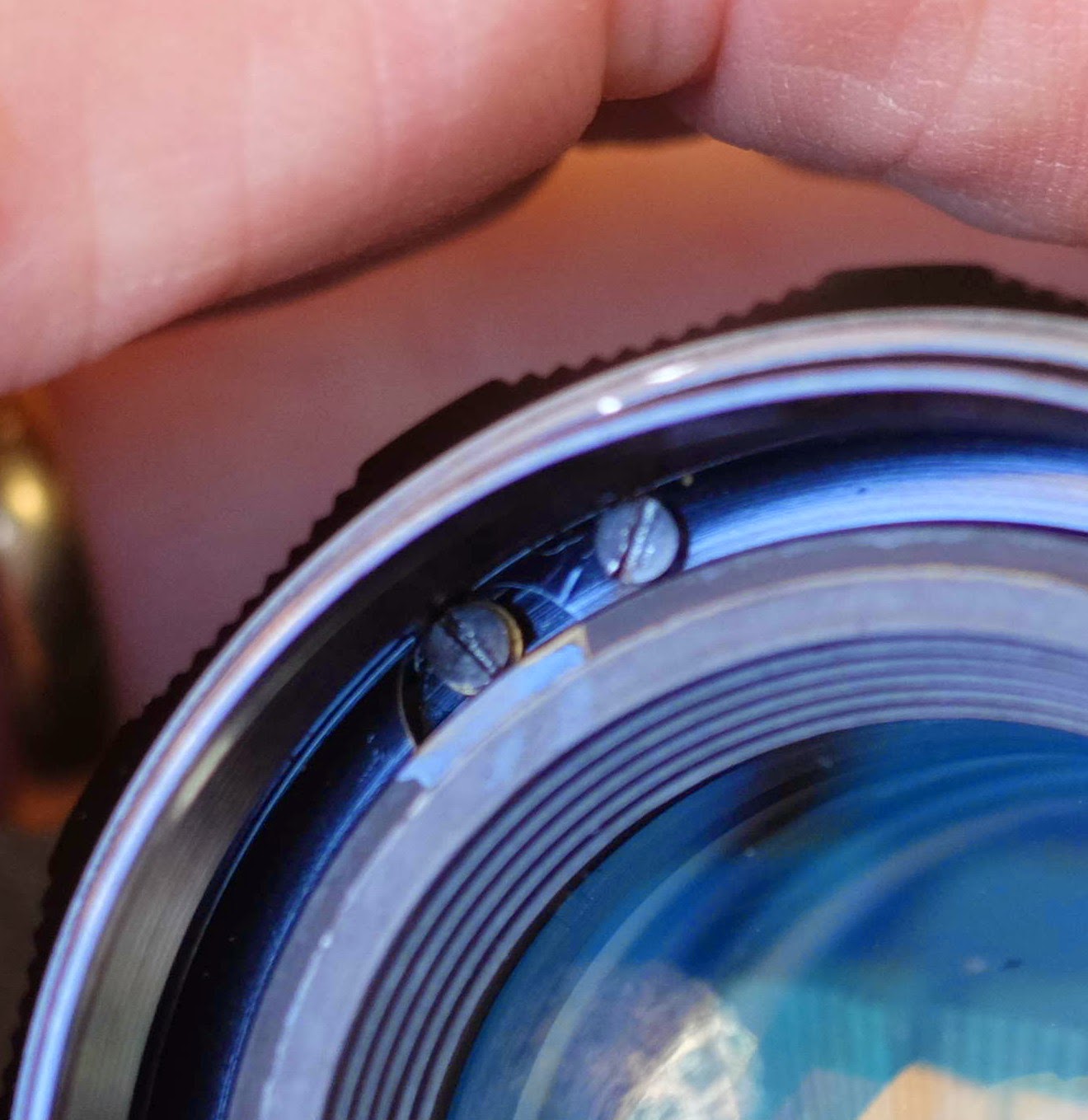My experience only covers Takumar M42 and Pentax K and M series lenses, there we go, I've started.
Whenever an adapter is being used there is a good chance that infinity focus will either be short or long, sometimes spot on.
You can open the proverbial "can of worms" when you start adjusting a lenses infinity stop position. If you intend to use the lens on more than one camera, it needs to work on all of them.
I've spend hours upon hours adjusting M42 lenses to suit my old Pentax k100d. I prefered the mechanical attributes of the "flange" type adapter rather than the genuine design.
The Flange type moves the lens forward by the flange thickness, meaning you wont reach infinity.
The following pictures show how the adjustment is done.
This procedure does not apply to at least the Takumar 200mm f4 Tele. it is the easiest to adjust with three screws around the outside of the focus barrel.
You first need to find something, eg a bottle top that will touch the "name ring" but clear the threads when wrapped with a rubber glove. An M42 rear cap works well.
Then hold the lens in one hand twist the name ring with the other counter clockwise. If its been off before it will turn easily, if not it won't.
You may need to push and twist quite hard.
This is what should happen, once it's loose you can just spin it off with your gloved finger, this is when you find out if the filter threads are damaged.
There are three screws that hold the filter ring on, one of them is shown on the left pic, not the ones in the cutout.
These are often cross head screws in the later Pentax lenses, you need to equip yourself with various small screwdrivers and sometimes grind ones to fit. undo these three and the lens nose lifts away.
To make life difficult these screws often have some locking vanish on them, if so, try a tiny bit of Nail polish remover, or acetone. Sometimes a tap on the end of the screw driver will crack the varnish, these can be tricky. If you have no affinity with tools best not to try this.
 Now you can see three more screws. The right hand picture shows one of them screwed into the brass helli-coil at the bottom.
Now you can see three more screws. The right hand picture shows one of them screwed into the brass helli-coil at the bottom.Loosen all three the focus ring will now be loose. Now with a screw driver push the screw and the helli-coil in the direction of infinity, anti clockwise from the front I think, just a few mm then "nip" up one of the screws just a little bit and test, see if you can focus past infinity.
Open your aperture, adjust for perfect focus on something far away, loosen the screw you nipped up rotate the focus ring to point to the infinity mark, nip up all three screws, and you should be good to go.
Another factor is depth of field, with the lens stopped down it may reach infinity, but for me I want to be at focus at the "fast" end of things.
When doing Astrophotography work with my old Pentax camera I could not focus in real time, I had to trust the infinity stop, hence all my mucking around.
With my XT-1 Mirror-Less camera the adapter I use deliberately allows focus past infinity. I've come to realise that being able to "rock" in and out of focus is probably better than aiming for perfect focus when hitting the infinity stop.
It also has a tilting rear display. I don't normally use this display as I like viewfinders. For Astrophotography though, it's fantastic for real time positioning and focusing with the camera pointed skyward.






No comments:
Post a Comment